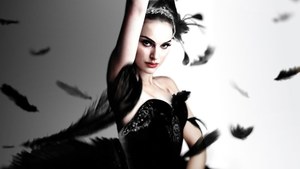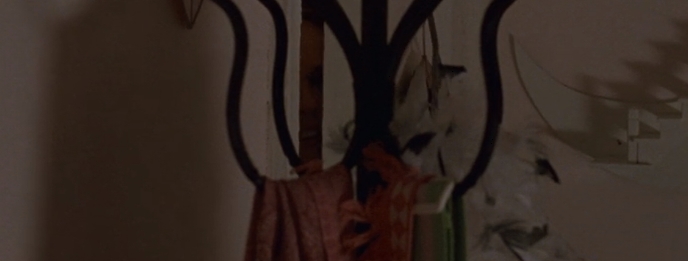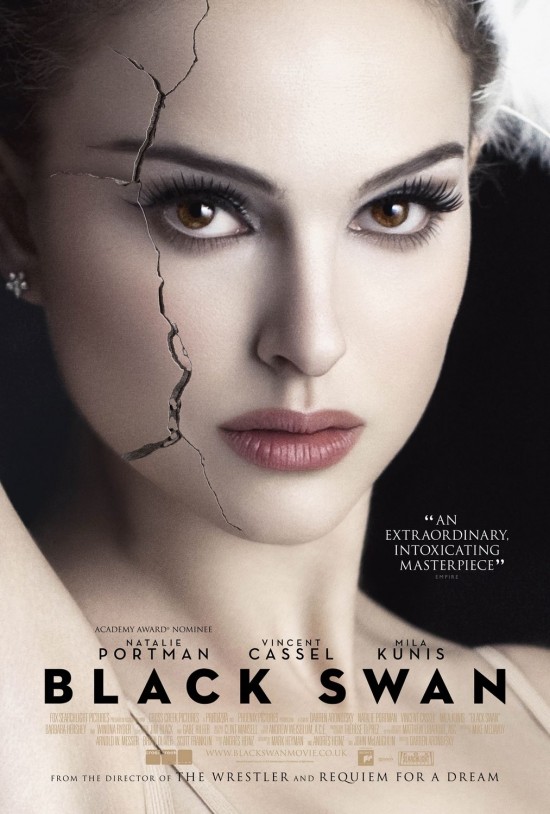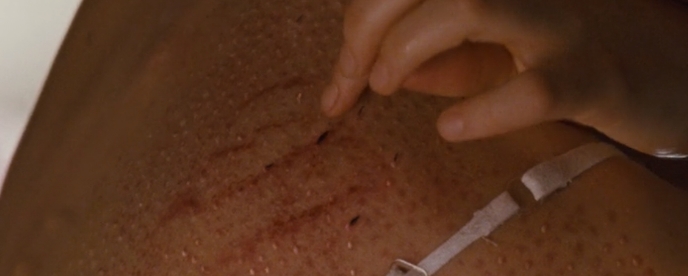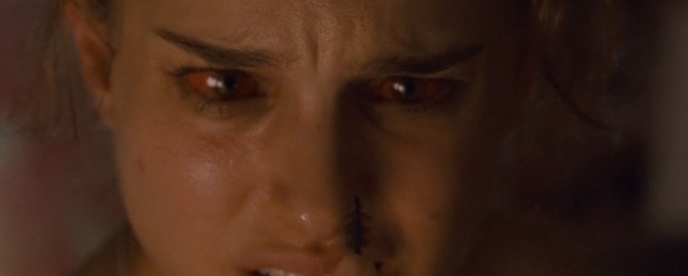The movie Black Swan could be assigned to a psychological horror movie that was directed by Aronofsky and released in 2010. The film deals with the main protagonist Nina who is a promising ballet-dancer but at the same time very childish, shy and submissive. To be chosen for the lead role of “Swan Lake”, she needs to experience a psycho-sexual maturation to develop from the White Swan (innocent child) to the Black Swan (seducing woman). The swan as an animal can be seen as a metaphor for gracefulness and the smoothness of the movements. The White Swan is pure and is what Nina’s character portrays in the beginning of the movie. Opposed to that, the Black Swan is the evil and impulsive counterpart that is fully reached by Nina at the end of the movie during her play.
A recurring theme throughout the film is the notion of being controlled or under control and about impulsiveness and losing control. The following scene fits that theme since the mother wants to dominate and control Nina while the latter tries to break free and hinder her mother from entering her room.
The scene starts with Nina escaping to her bedroom and bolting the door. Nina’s mother tries to open the door by shaking it. This invasion of private space and the mother’s shouts insisting on opening the door are portrayed as a threat to the viewer which is achieved through non-diegetic mood music – a classical soundtrack which is very noisy and dark. Interestingly, the close up on the door is shot through a black coat-stand which resembles the wings of a black swan to emphasize the hazard and the transformation of Nina’s body which is about to follow.
The bedroom itself is very dark and creates a stark contrast to Nina’s usually bright and innocent, almost childish bedroom which the viewer has observed before. While the mother tries to force an entry into the room, the viewer experiences Nina’s face that is twisted in pain. One could argue that the cuts between the mother and the painfully transformation of her body are very fast and hectic. There are close ups on the door to show the face of the shouting mother and the menacing shaking of the door to increase the suspense of the moment as well as extreme close ups on Nina’s face and her back where her skin looks like goose-flesh. This scene depicts a partly transformation into the Black Swan. Partly, because she has not fully become it yet. That moment can be interpreted as a turning point in the movie since she disobeys her mother probably for the first time in her life and abandons her well-behaved manners. Moreover, one could argue that in that scene she loses control and reacts impulsively.
The soundtrack becomes more and more menacing, powerful and loud. The music undergoes a Crescendo. It emphasizes the threatening situation that is going on between Nina and her mother as well as Nina and the Black Swan inside her that is trying to gain power over her body and mind. The cuts become faster and faster and suddenly there is an extreme close on her back where black thorny feathers start to painfully grow out of her skin.
During this scene, there is no real interaction between the swan and the main protagonist since the transformation takes only place in her mind. Still, the viewer is shown that the evil black swan lives inside Nina and inhabits her body like a parasite. In conflicting situations like arguments with her mother in which she normally would act well-behaved and submissive, we as viewers experience how the impulsive and rebellious Black Swan reacts and craves for being released from its imprisonment (Nina’s childish body and mind). To stress that Nina is possessed by the black swan, there is another cut and a close up on her face that almost looks inhuman and diabolically:
Nina’s red, sparkling eyes observe the feather that emerged beneath her skin with panic and silent disbelief. Nina does not look surprised, it seems more that she had expected this situation and felt it coming before but still cannot believe what she sees (the viewer later discovers that those images were only existent in her imagination).
